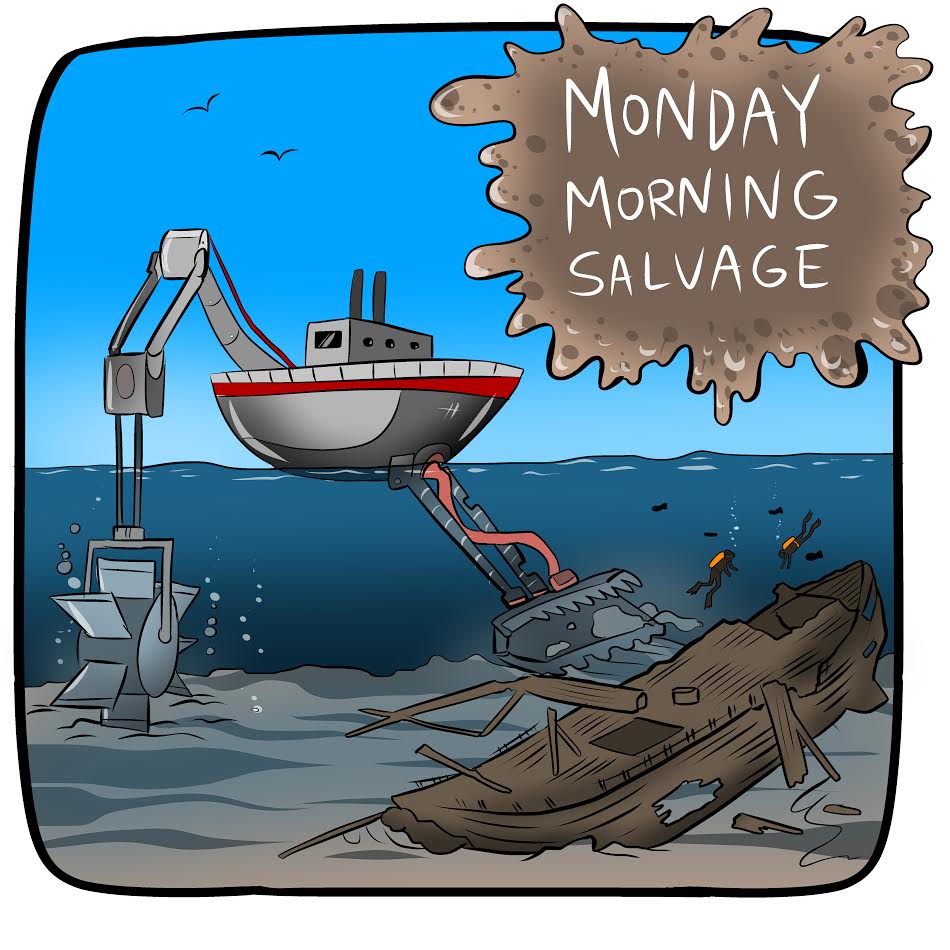
Fog Horn (A Call to Action)
- Are you represented by a climate change denier? Motherboard has put together this amazing guide to every climate change denier in congress. Check your state and give your congressperson a piece of your mind. Congressman Andy Harris may be sick of hearing from me, but I guarantee he’ll be gone from my district long before I am.
Flotsam (what we’re obsessed with right now)
